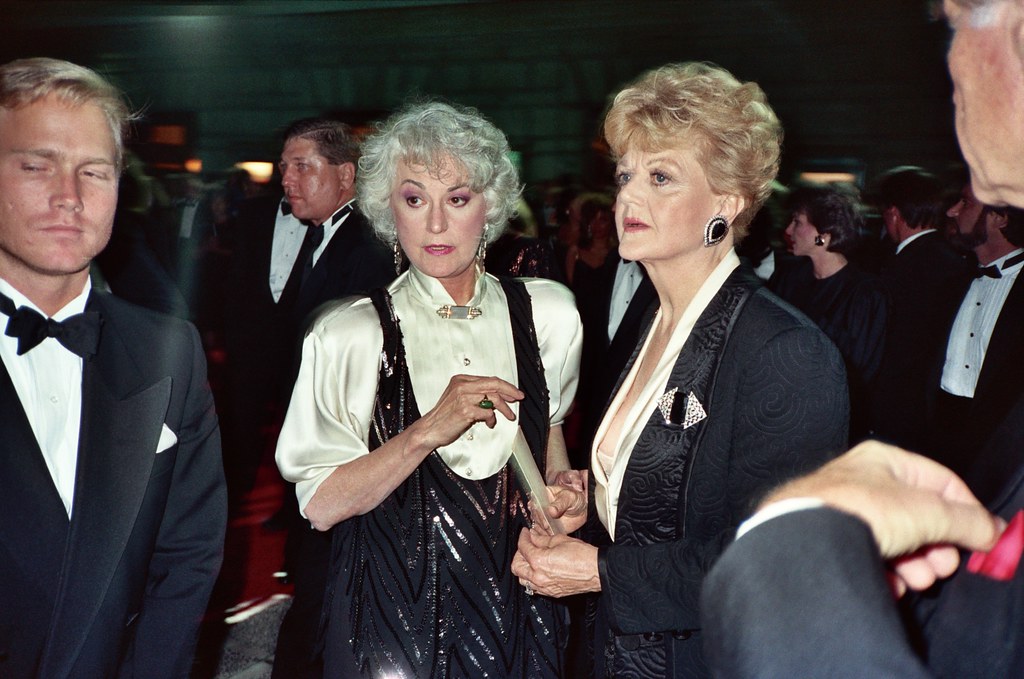
Angela Lansbury, a name synonymous with enduring elegance and a formidable presence across film, television, and stage, commanded the spotlight for an astonishing eight decades. Yet, for all her public acclaim and celebrated roles, it was an intensely personal drama, far from any script, that would define one of the most pivotal chapters of her life. This was not a performance for the critics or an audience, but a desperate and determined act of parental love, a remarkable story of a mother who moved mountains – and continents – to protect her children from the encroaching darkness of one of America’s most infamous cult leaders. Her courage, borne out of fierce maternal instinct, forged a path to safety against an unimaginable threat.
The late 1960s in Southern California were a crucible of cultural shifts, a period often romanticized for its ideals of peace and free love, yet one that harbored a chilling underbelly. For many, including the Lansbury-Shaw family, the vibrant allure of the counterculture gradually revealed its treacherous depths. Amidst this intoxicating mix, a profound danger began to spiral closer to home, necessitating a drastic intervention that would see a beloved Hollywood star make an extraordinary sacrifice.
This is the meticulously researched, narrative-driven account of how Angela Lansbury, alongside her husband Peter Shaw, confronted a looming peril head-on, abandoning the glitter of Malibu for the quiet refuge of County Cork, Ireland. It is a testament to an indomitable spirit, uncovering the untold dimensions of a legend who, in the face of genuine terror, chose unwavering protection over personal comfort, ensuring her family’s survival against the sinister tide of Charles Manson’s influence.
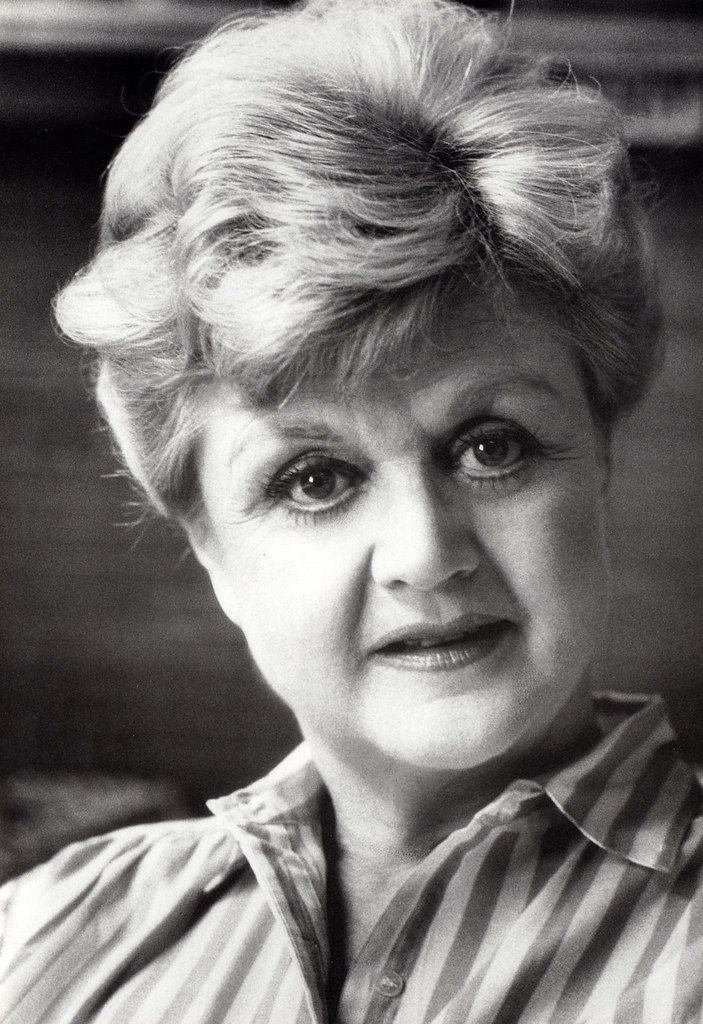
1. **The Idyllic Yet Perilous Malibu Landscape of the 1960s**In the late 1960s, Malibu, Southern California, was home to Angela Lansbury, her husband Peter Shaw, an MGM executive, and their two teenage children, Deidre and Anthony Shaw. From the outside, their lives might have appeared to be the epitome of Hollywood success and domestic tranquility. However, beneath the sun-drenched facade of this coastal enclave, the cultural currents of the era were churning, bringing with them both exhilarating freedoms and unforeseen dangers that would soon shatter any illusions of peace.
It was in this seemingly idyllic environment that members of the notorious Manson “Family” were operating, years before their infamous crimes would shock the world in 1969 with the brutal murders, including that of pregnant actress Sharon Tate. Their presence was a quiet, insidious threat, a shadow lengthening over a generation exploring new boundaries. The air in Malibu, thick with the promise of bohemian living and spiritual exploration, unwittingly became fertile ground for charismatic, manipulative figures like Charles Manson.
This burgeoning counterculture, initially embraced by many for its liberation from societal norms, contained a sinister potential. The free-flowing nature of communal living and experimental drug use, while alluring to impressionable youth, also created a vulnerability that predatory individuals could easily exploit. The Lansbury household, like many others, was unknowingly on the precipice of encountering this darker side of the era, where youthful curiosity could quickly devolve into dangerous entanglement.
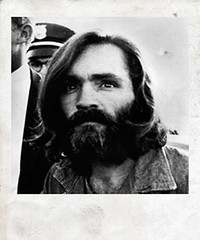
2. **Charles Manson’s Insidious Influence and Deidre Shaw’s Vulnerability**The casual proximity to the Manson Family proved to be far from benign for Angela Lansbury’s daughter, Deidre Shaw. The context explicitly reveals that Deidre, barely in her teens, fell under the spell of this dangerous group, becoming “one of many youngsters who knew him — and they were fascinated.” This fascination was not innocent; it was the insidious pull of a cult leader who understood how to prey on the idealism and vulnerabilities of young people yearning for belonging and experience.
Lansbury’s own stark recollection, shared in a 2014 interview with the Daily Mail, laid bare the extent of Manson’s manipulation: her daughter “was in with a crowd led by Charles Manson.” This wasn’t merely a casual acquaintance; Manson actively sought to integrate his followers into a lifestyle that directly impacted their families. He “introduced her to drugs and would get her to steal food and money from her parents for him,” demonstrating a calculated and exploitative approach that aimed to sever family ties and solidify his control.
The danger of this association cannot be overstated, especially in hindsight, knowing the horrific crimes the Manson Family would later commit. At the time, the full extent of their malevolence was not yet public knowledge, making the threat even more insidious because it was largely unrecognized by outsiders. Deidre, like many others, was caught in a web of psychological manipulation and substance abuse, making her deeply vulnerable to the cult’s demands and escalating demands.

3. **Angela Lansbury’s Alarming Discovery and Deep Parental Concern**The realization of the grave threat posed by Charles Manson’s influence on their daughter, Deidre, dawned upon Angela Lansbury and Peter Shaw with profound alarm. The idyllic veneer of their Malibu life began to crack as they discovered Deidre’s association with the Manson Family and her descent into drug use. For any parent, such a revelation would be shattering, but given the escalating and increasingly erratic behavior associated with Manson’s followers, their concern quickly escalated to a level of desperate urgency.
Lansbury herself articulated this palpable anxiety in her 2014 interview, explaining that she and Peter “were deeply concerned about their daughter’s association with the Manson Family.” This was not just typical teenage rebellion; it was an entanglement with a group whose dark intentions were becoming clearer. The actress, renowned for her composure on screen, was now facing a real-life drama far more terrifying than any fictional narrative, confronting the very real possibility of losing her child to a destructive force.
Their fears were amplified by the broader cultural climate of the 1960s, a period where the line between youthful experimentation and dangerous addiction often blurred. While they grappled with their daughter’s vulnerability, the presence of the Manson cult’s members operating in their very neighborhood undoubtedly intensified their apprehension. The couple recognized that Deidre was not merely struggling with addiction, but was also ensnared by a charismatic figure whose influence was designed to corrupt and control young minds.

4. **Anthony Shaw’s Parallel Battle with Substance Abuse and the Manson Cult’s Reach**The shadow of the Manson Family’s influence regrettably extended beyond Deidre, touching Angela Lansbury’s son, Anthony Shaw, as well. The tragic reality was that “Angela and Peter discovered Anthony and Deidre had fallen in with an unsuitable crowd and become heavily involved with drugs — despite being barely in their teens.” This revelation compounded their parental anguish, revealing a double crisis threatening both of their beloved children.
Anthony’s struggles were particularly severe, with the text highlighting that “their son’s own struggles with substance abuse, which were also linked to the Manson cult’s widespread drug use.” This detail underscores the pervasive nature of Manson’s influence, illustrating how the cult utilized drugs to ensnare and control young individuals. It wasn’t merely a social circle; it was a pipeline to addiction, deliberately fostered by Manson’s group to maintain a hold over vulnerable youth.
A 1972 gossip column, appearing in regional newspapers like the Sapulpa Daily Herald, indirectly alluded to these very issues, specifically discussing “Anthony’s battles with heroin in particular, which, according to sources, had become a serious concern.” This external validation from contemporary media cemented the gravity of the situation, confirming that both children were facing profound challenges, with Anthony’s heroin addiction presenting an immediate and life-threatening danger that demanded swift and decisive action from his parents.

5. **The Pivotal Decision: “Something had to be done. I said to Peter, ‘We have to leave.'”**Faced with the harrowing reality that both of their children were entangled in a dangerous web of substance abuse and cult influence, Angela Lansbury and Peter Shaw knew that passive observation was no longer an option. The actress, reflecting on this critical juncture, unequivocally stated, “Something had to be done. I said to Peter, ‘We have to leave.'” This declaration marked a decisive turning point, an urgent and absolute commitment to severing the insidious ties that were threatening to consume their family.
This was not a decision made lightly. It meant uprooting their entire lives, leaving behind the comforts and professional opportunities of Hollywood at a peak period in Lansbury’s career. The immense weight of such a choice underscored the desperation and sheer determination of a mother who saw no other viable path to safeguard her children. It was a stark acknowledgment that the environment itself had become toxic, and only a radical change of scenery could offer a chance at salvation.
Lansbury’s words convey the profound sense of urgency and parental imperative that propelled their actions. The phrase “we have to leave” is simple yet powerful, encapsulating the deep-seated fear for their children’s well-being and the unshakeable resolve to act immediately. It was a testament to the fact that her family’s safety and future superseded all other considerations, including her acclaimed career and established life in Southern California.

6. **The Transatlantic Escape: Finding Sanctuary in County Cork, Ireland**The decision made, the Lansbury-Shaw family embarked on their extraordinary transatlantic escape. Their destination: County Cork, Ireland. Angela Lansbury was drawn to this particular corner of the world not merely as an arbitrary refuge, but because “it was the birthplace of my mother and it was also somewhere my children wouldn’t be exposed to any more bad influences.” This choice highlights a strategic and deeply personal quest for an environment diametrically opposed to the chaos they were fleeing.
The relocation was a complete immersion into a new way of life. Lansbury recounted her commitment to this radical change, stating, “So I refused all work for a year and simply kept house. I bought Elizabeth David’s books and learnt how to cook properly. It was a wonderful time in my life.” This paints a vivid picture of a superstar deliberately stepping away from her demanding career to embrace domesticity, prioritizing the healing and stability of her family above all else. It was an act of profound self-sacrifice and dedication.
This protective measure, as several articles reported, was specifically motivated by “the risks her two biological children faced in Southern California’s toxic drug culture.” The move to Ireland was more than just a change of address; it was a deliberate, transformative act designed to physically and psychologically distance her children from the pervasive dangers of the Manson Family’s reach and the prevalent drug scene. It offered a quiet sanctuary, a haven where they could begin the arduous process of recovery and rebuilding their lives away from the malevolent grip that had threatened to consume them.
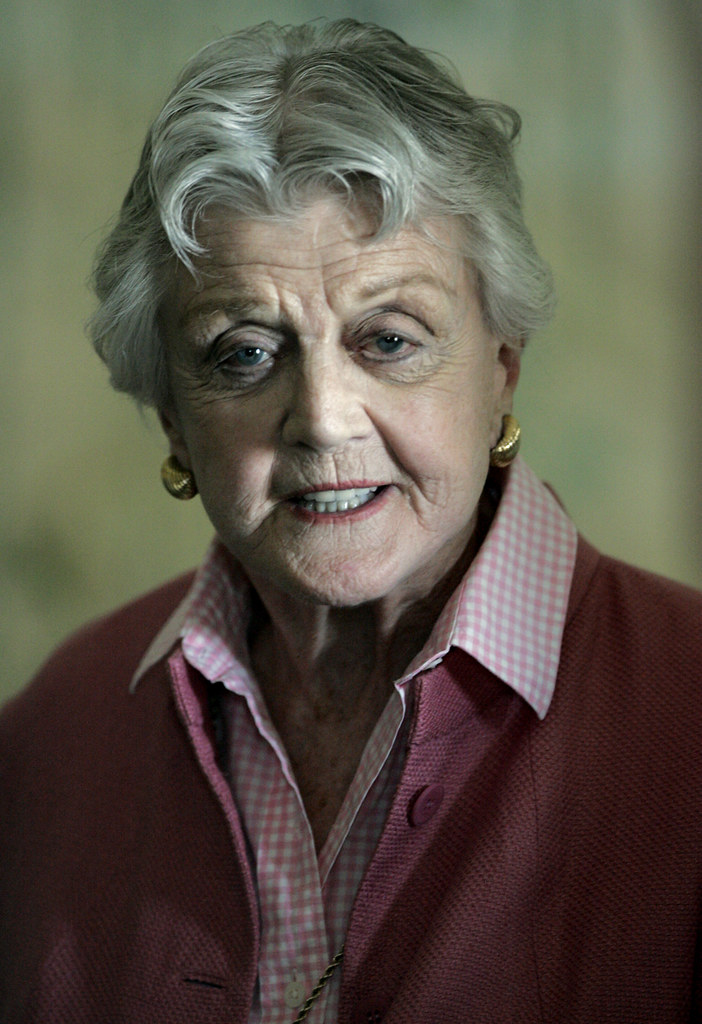
7. **Embracing a New Chapter: Angela Lansbury’s Dedicated Retreat in County Cork**Having made the monumental decision to abandon the sun-drenched, yet increasingly perilous, landscape of Malibu, Angela Lansbury and Peter Shaw plunged into a life refreshingly distinct in County Cork, Ireland. This wasn’t merely a geographical shift; it was a profound reimagining of their family dynamic, a deliberate step away from the glare of Hollywood to the quietude of a rural existence. Lansbury chose Ireland not just for its familial ties, being her mother’s birthplace, but strategically as a place where her children would be shielded from further “bad influences,” a stark contrast to the cultural maelstrom they had fled.
The actress, a formidable presence on screen, famously committed herself entirely to this new domestic chapter. She recounted, with a touch of nostalgic warmth, “So I refused all work for a year and simply kept house. I bought Elizabeth David’s books and learnt how to cook properly. It was a wonderful time in my life.” This candid reflection paints a vivid portrait of a superstar intentionally stepping back from the pinnacle of her career, embracing the mundane yet grounding rhythms of everyday life. This period of deliberate seclusion wasn’t an act of resignation but a calculated investment in her family’s future, a testament to her unwavering conviction that their well-being superseded all professional acclaim.
County Cork thus became more than just a home; it transformed into a sanctuary, a haven meticulously curated for healing and reconnection. The contrast between the chaotic, drug-infused milieu of Malibu and the tranquil, nurturing environment of Ireland could not have been more pronounced. It was a conscious effort to construct a bulwark against the destructive forces that had threatened to dismantle their family, offering her children a vital respite and a chance to rebuild their lives away from the predatory gaze of Manson’s influence and the broader drug culture.

8. **The Broader Cultural Currents: Navigating the Allure and Dangers of the Late 1960s**The Lansbury-Shaw family’s ordeal serves as a poignant lens through which to view the tumultuous late 1960s in Southern California, a period often selectively remembered for its promise of liberation and free expression. While this era indeed heralded significant cultural shifts, challenging established norms, it also harbored a chilling, less celebrated underbelly, a perilous landscape ripe for exploitation. What began as an exciting exploration of new freedoms for many impressionable youth, including Deidre and Anthony Shaw, could quickly devolve into a dangerous entanglement with predatory forces.
The context explicitly highlights how the decade’s vibrant allure gradually revealed its “treacherous depths.” The prevailing ideals of “peace and free love,” while seemingly benign, created an environment where the lines between youthful experimentation and dangerous addiction often blurred. This fluidity, coupled with the “free-flowing nature of communal living and experimental drug use,” inadvertently forged a vulnerability that manipulative figures like Charles Manson were adept at exploiting, transforming bohemian living into fertile ground for sinister cults.
It was this “toxic drug culture” that specifically motivated Lansbury’s drastic intervention. The easy accessibility of substances, coupled with the pervasive rhetoric of breaking societal bonds, created a perfect storm for young individuals yearning for belonging or seeking an escape. The Lansbury family’s experience, while deeply personal, was tragically emblematic of a broader societal struggle, illuminating how the intoxicating promise of the counterculture could, for many, lead to profound and unforeseen dangers.

9. **Manson’s Enigmatic Charisma: The Insidious Grip of a Cult Leader**The terrifying reality of Charles Manson’s influence lay not merely in his presence, but in his enigmatic charisma, a quality that enabled him to ensnare vulnerable young people with devastating effectiveness. Lansbury herself acknowledged him as an “extraordinary character, charismatic in many ways, no question about it,” a chilling testament to his psychological potency. This wasn’t a brutish, overt form of control, but a subtle, insidious manipulation that preyed upon the idealism and search for identity prevalent among the youth of the era.
Manson’s methods were disturbingly calculated and exploitative. He didn’t just meet young people; he actively worked to integrate them into his “Family,” severing their ties to their biological families and conventional society. His tactic of introducing them to drugs, coupled with encouraging them to “steal food and money from their parents for him,” reveals a deliberate strategy to isolate and solidify his control. This pattern of psychological manipulation and substance abuse created a powerful, almost inescapable, web around those he targeted.
Deidre Shaw, like many others, found herself deeply “fascinated” by Manson, a fascination that was anything but innocent. It was the siren call of a figure who offered a distorted sense of belonging and purpose, cloaked in the guise of spiritual liberation and rebellion. The true horror lay in the cult leader’s ability to turn youthful yearning into dangerous entanglement, bending young minds to his will long before his horrific crimes would be publicly revealed.
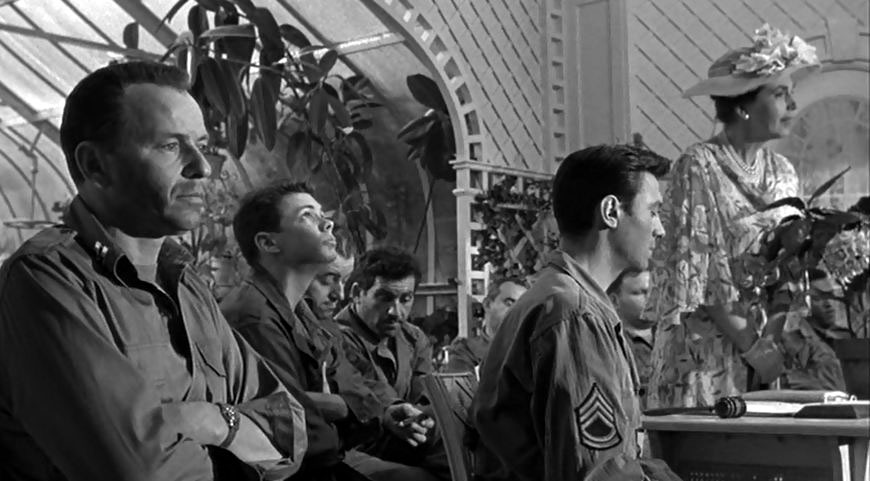
10. **The Profound Maternal Sacrifice: Prioritizing Family Above All**Angela Lansbury’s decision to uproot her family to Ireland represented a profound maternal sacrifice, a testament to a love so fierce it overshadowed even the most glittering of careers. At a time when she was a celebrated star, renowned for her roles in films like “National Velvet” and “The Manchurian Candidate,” and poised for even greater success, she chose to step away from the professional opportunities of Hollywood. This was not a minor adjustment but an “immense weight of such a choice,” underscoring the desperate urgency and sheer determination that fueled her actions.
Her statement, “Something had to be done. I said to Peter, ‘We have to leave,'” encapsulates the absolute commitment she felt towards safeguarding her children. The act of “refus[ing] all work for a year and simply kep[ping] house” was more than just a temporary hiatus; it was an unequivocal declaration that her family’s safety and future superseded all other considerations. This decision showcased an “unshakeable resolve” to protect her children from the escalating perils they faced, demonstrating an indomitable spirit that would define this chapter of her life.
This extraordinary act of profound self-sacrifice and dedication wasn’t just about escape; it was about active intervention and nurturing. Lansbury, a woman of immense public stature, deliberately embraced domesticity, learning to cook and prioritizing the quiet, formative moments of family life. It was a powerful, tangible demonstration of a mother’s love, an unwavering commitment to provide a haven where her children could heal and regain their footing, even if it meant sidelining her acclaimed career.
11. **Historical Verification: Corroborating the Lansbury Family’s Transatlantic Move**The extraordinary narrative of Angela Lansbury’s transatlantic move to protect her children from Charles Manson’s orbit is not merely anecdotal; it is a meticulously researched account corroborated by multiple sources and contemporary reports. While the story saw a resurgence of interest following a December 2024 Facebook post, its factual underpinnings trace back to Lansbury’s own candid admissions and external journalistic validations, firmly establishing this lesser-known chapter of her life as historically accurate.
Lansbury herself offered a definitive account in a 2014 interview with the Daily Mail, laying bare the profound impact of the 1960s drug culture and Manson’s influence on Deidre and Anthony. This exclusive interview provided crucial first-hand verification, detailing her explicit decision: “Something had to be done. I said to Peter, ‘We have to leave.’ So we upped sticks and moved the family to a house I found in County Cork.” Her words, shared just eight years before her passing, underscored the gravity and deliberateness of their actions.
Further historical corroboration emerges from contemporary media, including a 1972 gossip column published in regional newspapers like the Sapulpa Daily Herald. This column indirectly alluded to the family’s struggles and their relocation, confirming that the move was indeed a bid “to help teenagers Deidre and Anthony recover from their struggles with drugs,” specifically noting Anthony’s “battles with heroin in particular, which, according to sources, had become a serious concern.” These various accounts collectively solidify the factual basis of the Lansbury family’s brave and urgent escape, cementing it as a pivotal, verifiable moment in their lives.
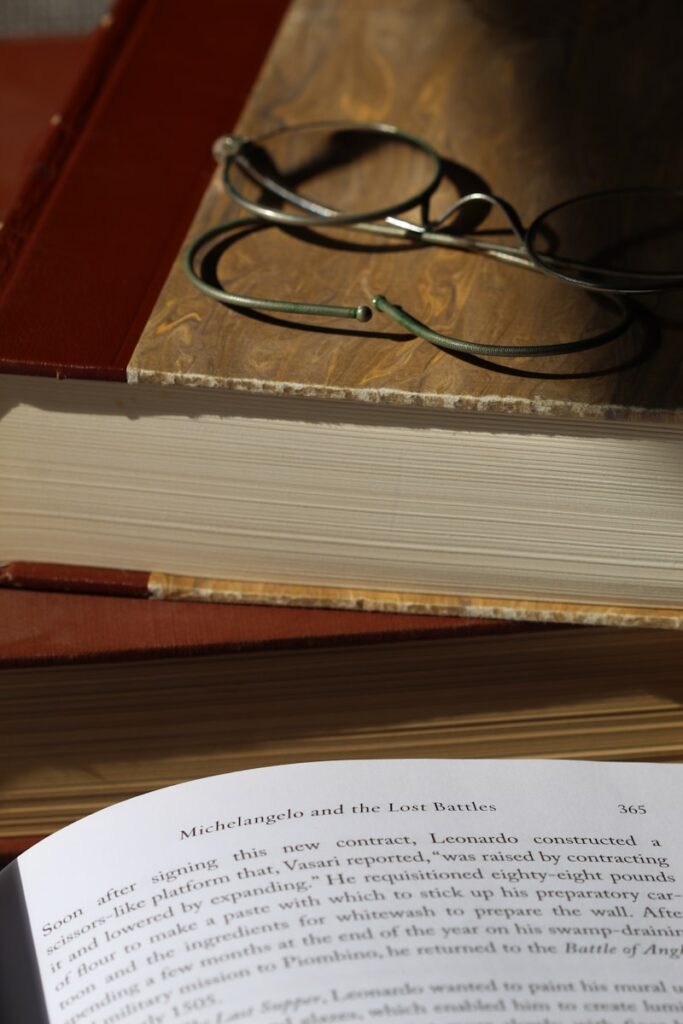
12. **A Legacy of Resilience and Recovery: The Enduring Impact of a Mother’s Love**Angela Lansbury’s courageous decision to uproot her family to Ireland ultimately forged a powerful legacy of resilience and recovery, transforming a period of profound peril into a testament to the enduring strength of maternal love. The quiet refuge of County Cork became more than just a temporary escape; it offered the children a vital “chance at salvation,” a “haven where they could begin the arduous process of recovery and rebuilding their lives” away from the malevolent grip of the Manson Family and the pervasive drug culture that had threatened to consume them.
Lansbury’s unwavering commitment to her family’s well-being paid undeniable dividends. While the immediate aftermath of such a dramatic shift undoubtedly presented its own challenges, the move enabled Deidre and Anthony to disentangle themselves from the destructive influences that had taken hold in California. Her deliberate act of self-sacrifice, refusing work for a year to focus on nurturing her family, stands as a powerful example of prioritizing long-term emotional and physical health over transient professional demands, illustrating the depth of her devotion.
The profound impact of this period is reflected in Lansbury’s own retrospective view, as she described her time in Ireland as “a wonderful time in my life.” This sentiment speaks volumes, indicating that despite the initial fear and the sacrifice involved, the choice ultimately brought a sense of peace and fulfillment. Even after their lives inevitably led them back towards the broader world, Lansbury maintained her connection to Ireland, continuing to visit her house in County Cork at least once a year. This sustained bond underscores the lasting significance of that sanctuary, a constant reminder of the strength, foresight, and indomitable spirit of a mother who truly moved mountains for her children.”




